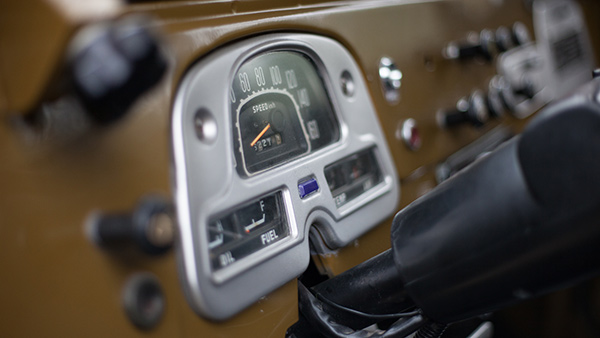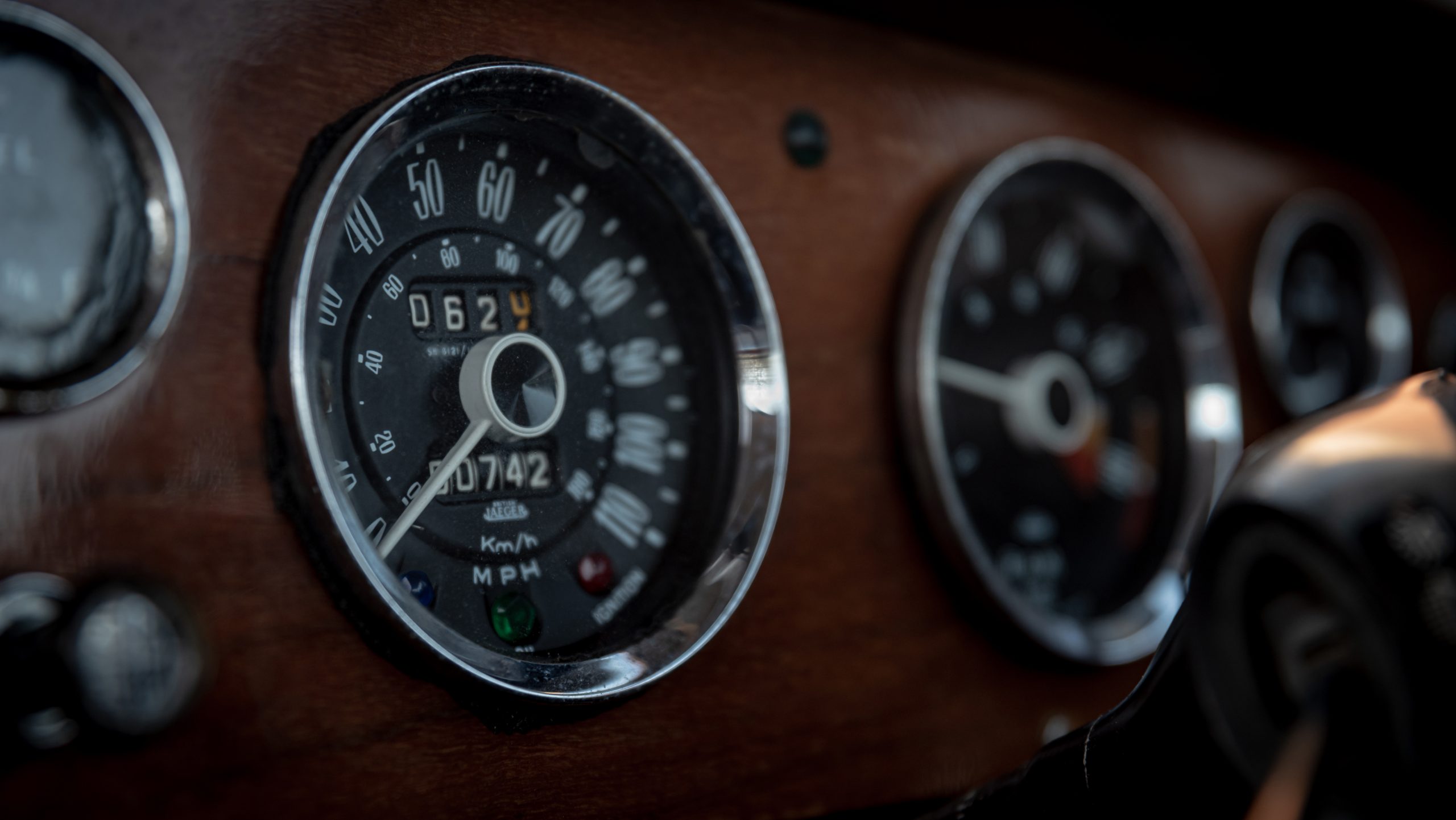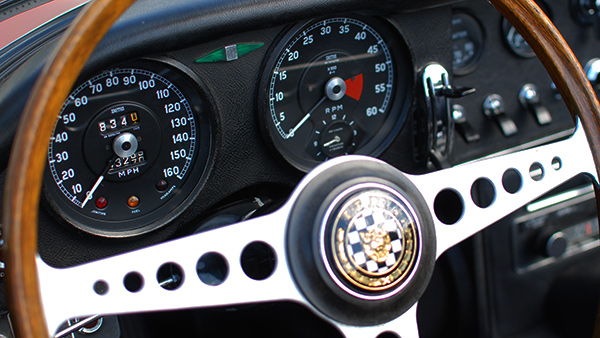Please login to bid on an auction or manage your account.
When buying a classic car, many people’s primary consideration could be the mileage the vehicle has. Most cars on average would have accumulated 12,000 miles per year with their owners, however, this figure has fallen to 7,000 with modern cars as our lifestyle and accessibility to amenities are in close proximity.
Although there are some advantages of buying a low mileage example, which tends to be around 50,000 or lower it can also provide a lot of hidden secrets that you may not realise at the point of purchase. These examples may not suit you but you still denounce any high-mileage example with a preconception of poor quality. This article will explain the pros and cons of high and low mileage examples in the classic car world. Could you be missing out on a bargain?

With low mileage, you will expect to pay a lot more as the value will be inflated. Granted, if you keep the car in the same condition from when you purchased, you may see an increase in value, but if you start to restore and repair the car in any way, whilst adding miles to the vehicle, then you are at risk of damaging the price as the originality will be marked down.
On top of this, market prices are always fluctuating and you may sometimes be faced with the dilemma of having to sell your classic at a time when you need the money, but will not retain the value you bought it for.
With a high mileage car however, the depreciation curve when it comes to resale can be minuscule, if not any reduction in value at all. Take a Porsche 944 for example. This car performs great on the road and is a very desirable everyday driver that is extremely affordable. You can purchase a good example for around £8k to £12k that has 100,000+ miles on it. Once you have purchased the car, with due diligence and ensuring there is a detailed service history, you can drive away and enjoy. Say you used it for 2 years and added another 12,000 miles on the clock, you could expect the car to still be worth very close to the same price you bought it for. With that in mind, barring any major faults, you are effectively getting 12,000 miles for free out of a classic you love dearly.

During the financial crisis in 2008, investors were so frightened about currencies, they turned to tangible assets like low mileage classic cars at the top-end of the market. A 1961 Ferrari 250 GT SWB California Spider sold at auction for $10,894,000 in 2008 and was sold again with an increase of $5,000,000, 5 years later. Obviously this is an example that you wouldn’t see at your typical auction but the fact remains that, this car was probably never used by its owner.
If you are looking for a savvy investment, keep it dry-stored in an airtight room, avoid anything that will damage the value, and prior to your purchase, do your research and think about how the market is going to change in the future. However, there is a growing market to use classic cars more frequently than these millionaire examples would ever do.

The engine of a car is the heart of the car itself. Whilst the petrol can be seen as the blood, the oil can be seen as the white blood cells. A well-serviced high mileage example will be nicely lubricated and ensure the engine is not at risk from unwanted dirt and soot building up, corrosion of the engine and transfers heat evenly across it. If petrol hasn’t been used for a long time then the fuel pumps will have perished, meaning, some extra costs at the garage after you have just bought a relatively expensive high-mileage example.
After putting my views across, here is some advice on how to use your classic car frequently so your high-mileage example can be as reliable as can be.
By taking too many short trips your car will not distribute the oil evenly in time and may corrode the parts of the engine at a faster rate. Allow your car to warm up slightly before putting into first gear then drive off steady allowing the car to get used to the environment.
Make sure your car is serviced by specialists to ensure your mechanical parts are well lubricated and clean. Failure to do so may leave you with heavy costs in the future.
Finally, when purchasing a car do not just think about the mileage; request to see every angle of the car so you know the full condition, understand the age of the car and how long it has been idled for throughout the history supplied with the vehicle – Has the previous owners done a good job of this and maintaining the vehicle? All of these factors considered with the car’s mileage will help you understand if the car is right for you and ensure a healthy relationship with your new classic. Remember…
Age – Condition – History, THEN, Mileage!
What are you looking for? Register your interest with the makes and models of classics and performance cars you desire, then we will notify before we list them for sale.
Got one to sell? Simply submit your car here and we will be in touch to discuss how we can help.
Get our weekly articles delivered to your inbox every Thursday – simply enter your email below and we’ll add you to the list.
Please don’t worry as we won’t ever sell your data – we have a strict GDPR Policy that protects your personal data.
© Trade Classics Limited - All Rights Reserved | UK Registered 11493868 | VAT 302 5584 26

Please create an account to bid on our auctions and stay up-to-date by receiving our weekly auction update.

